The Val Camonica petroglyphs
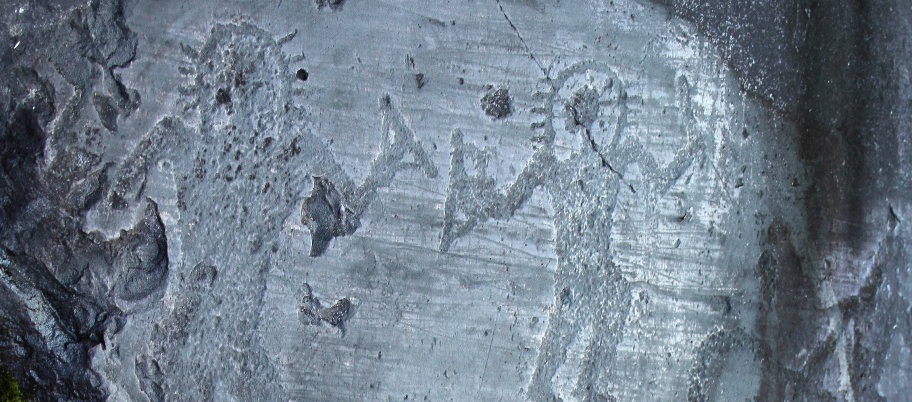
Val Camonica, a vast valley in the Italian alps, is home to the largest collection of rock drawings in Europe, with around 300,00 individual petroglyphs identified so far. Whilst many of these drawings depict animals and humans, some have been taken as ‘proof’ of aliens making contact with primitive humans. The petroglyphs in question – which were carved over 8,000 years ago – are often referred to as ‘the astronauts’, as they depict humanoid figures with helmets that look remarkably similar to those worn by NASA and other space agencies.
The Mary Celeste
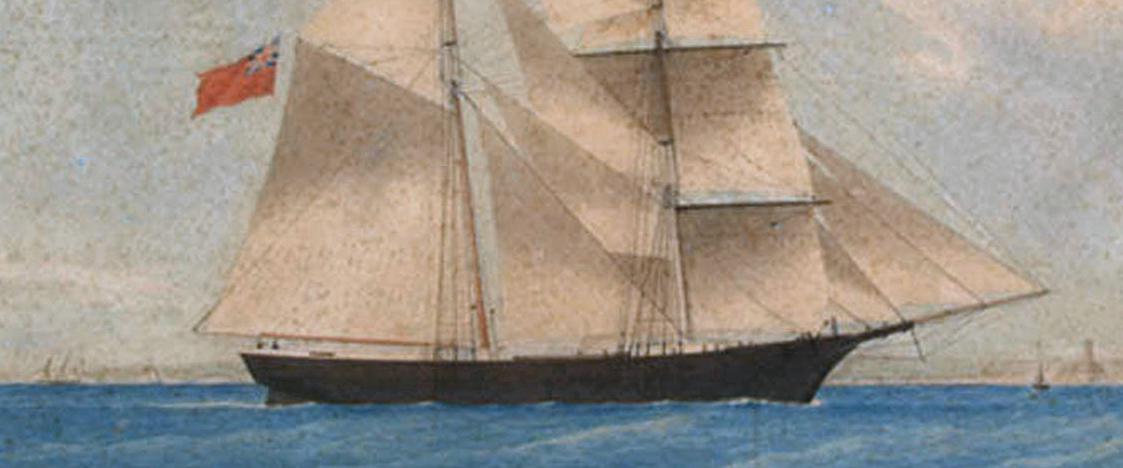
On December 4, 1872, the merchant brigantine Mary Celeste was discovered drifting off the coast of the Azores Islands. The ship showed no signs of damage and the cargo remained untouched, but the entire crew had mysteriously disappeared without taking any of their belongings. The captain’s log, which had last been updated ten days before the vessel was found, gave no indications that anything was wrong, or that the crew were planning to abandon ship. No logical explanation has ever been proposed, and some believe it to be a classic case of alien abduction.
The glowing sky in 1883

In 1883, people all around the world reported that the sky was glowing strangely. The phenomenon was eventually attributed to Krakatoa, a volcano in the Sunda Straight that violently erupted on May 20 of that year, but American author Charles Fort claimed that the glowing skies had actually preceded the eruption by several months. Fort believed that scientists had attributed the phenomenon to the volcano because they couldn’t come up with another solution, but he believed it was the result of extraterrestrial activity.
UFOs in Renaissance art
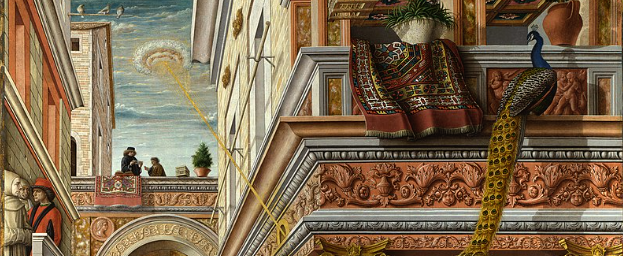
A number of medieval and renaissance paintings seem to depict unidentified flying objects that appear eerily similar to modern descriptions of flying saucers. These include the Annunciazione, a 1486 painting by Carlo Crivelli which appears to depict a spherical flying machine with antennae, and Bonaventura Salimbeni’s Santissima Trinita, which shows a similar unidentified flying object. Art historians claim that these are actually religious symbols, but some find this answer unconvincing.
Akanetan
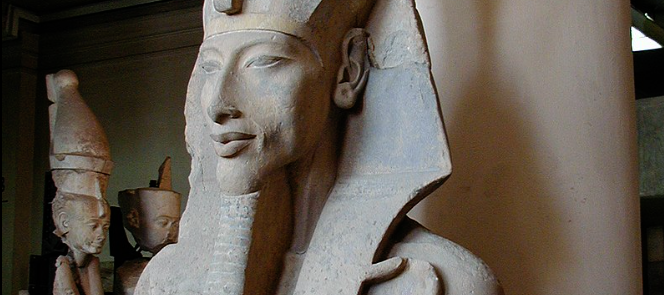
Depictions of the Egyptian Pharaoh Akanetan show him with an elongated skull, unnaturally long arms and legs and a shortened torso. Whilst historians have posited that the pharaoh actually looked like this because he was deformed – likely as a result of inbreeding – many claim that Akanetan wasn’t human at all. Proponents of this theory claim that a race of extraterrestrials interacted with the Ancient Egyptians and ended up ruling over them, which explains the sudden advancements in Egyptian civilisation and their seemingly improbable technological achievements.
Dropa Stones
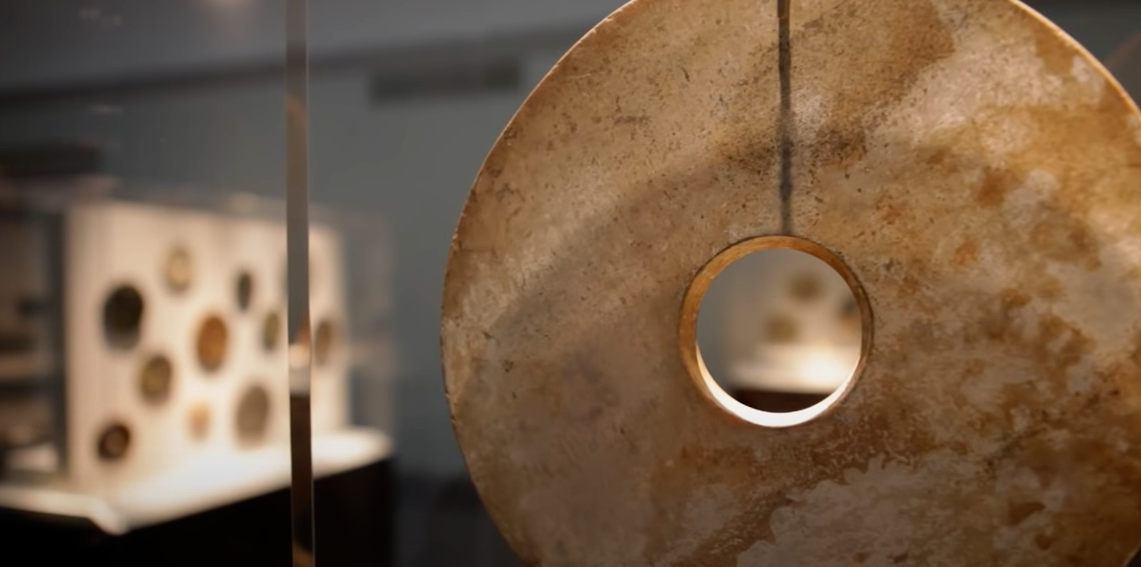
According to an article published in a German science magazine in 1962, the Dropa Stones are a series of 12,000-year-old stone discs that were discovered in the Chinese Bayan Har mountains during a 1932 archaeological expedition. The stones reportedly featured spiral grooves containing hieroglyphs which – when decoded – depicted a race of extraterrestrials that crashed their spaceships into the mountains. In 1974, Austrian engineer Ernst Wegerer apparently encountered two of the stones at a Chinese museum, but his claims couldn’t be verified and the whereabouts of the stones, if they exist at all, is currently unknown.
Roswell incident
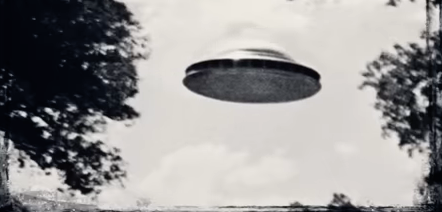
On July 8, 1947, a statement issued by the Roswell Army Air Field reported that a crashed “flying disc” had been discovered. Within hours, the statement was retracted and the military instead claimed that the debris belonged to a “weather balloon.” Adding to the intrigue, the debris was hurriedly removed and stored in secrecy on an army base. In 1994, the government released new information, claiming that the crashed balloon had been used for surveillance purposes, but many believe this was just a further attempt to cover up the existence of UFOs.
The existence of deities

The “ancient astronauts” hypothesis suggests that aliens visited Earth in the distant past and made contact with early humans, dramatically influencing the course of civilisation. Proponents of this theory often suggest that the deities of the world’s various religions and mythologies are actually these extraterrestrial beings, who – with their advanced technology and intellect – would have seemed like gods to our ancient ancestors, in much the same way as technologically modern humans can be perceived as gods when they encounter primitive tribes.
The Pyramid of Giza
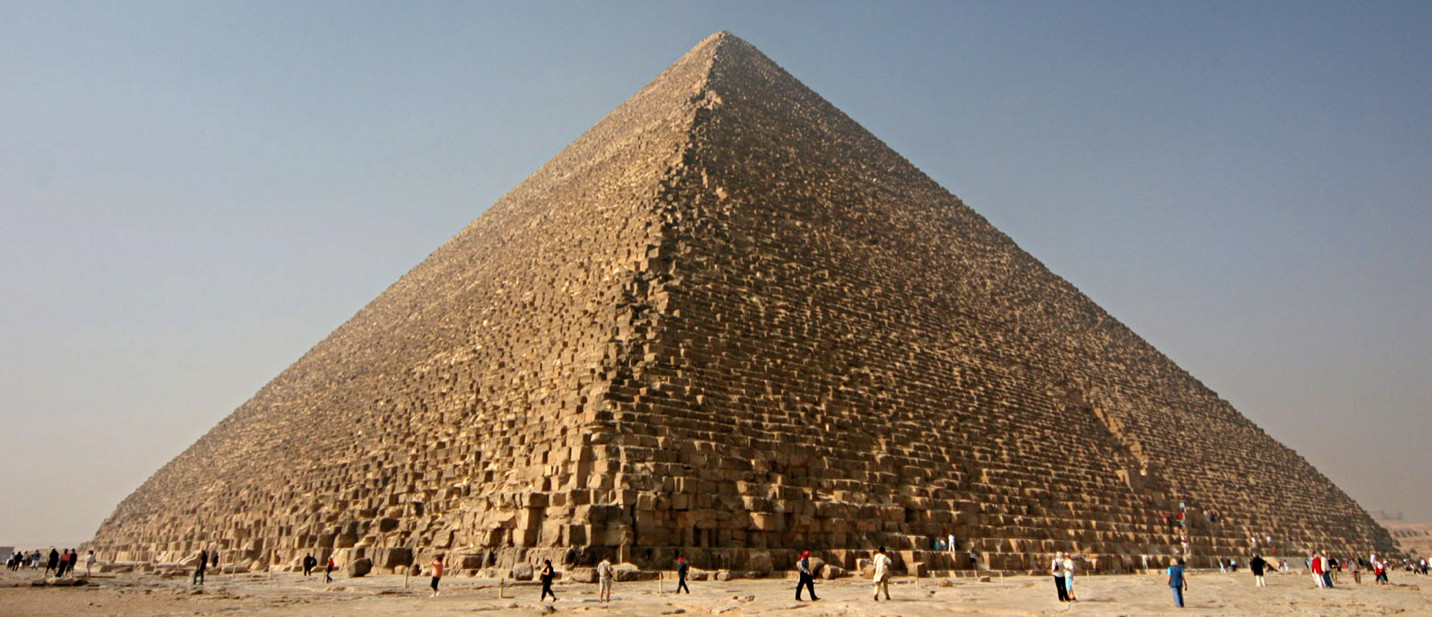
One of the Seven Wonders of the Ancient World, the Pyramid of Giza is a truly impressive structure, standing 450 feet tall and containing stones that weigh up to 80 tonnes, some of which were brought from hundreds of miles away. Whilst modern archaeologists have proposed various ways that the Ancient Egyptians could have built the pyramid, not everyone finds them truly convincing, and there are plenty of people who believe the civilisation must have had a helping hand from extraterrestrials.
Dogū statues
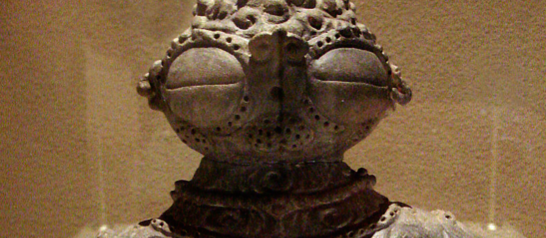
Dogū statues are small earthen figurines that were created by ancient Japanese civilisations. So far, around 300,000 of these statues have been discovered, and some of them appear to be over 14,000 years old. Whilst many Dogū clearly resemble humans and animals, some of them have a distinctly alien appearance, depicting squat humanoids with giant eyes and strange, elongated mouths. Some believe that these statues are modelled on a race of extraterrestrials that made contact with Japanese civilisations in the past.